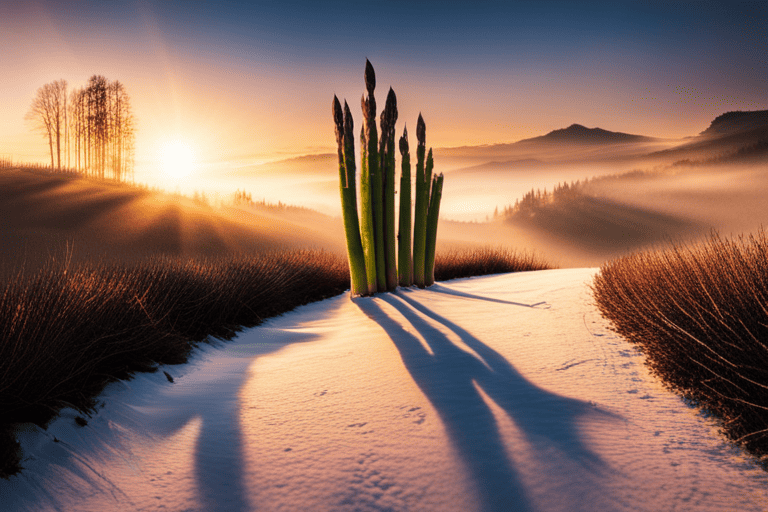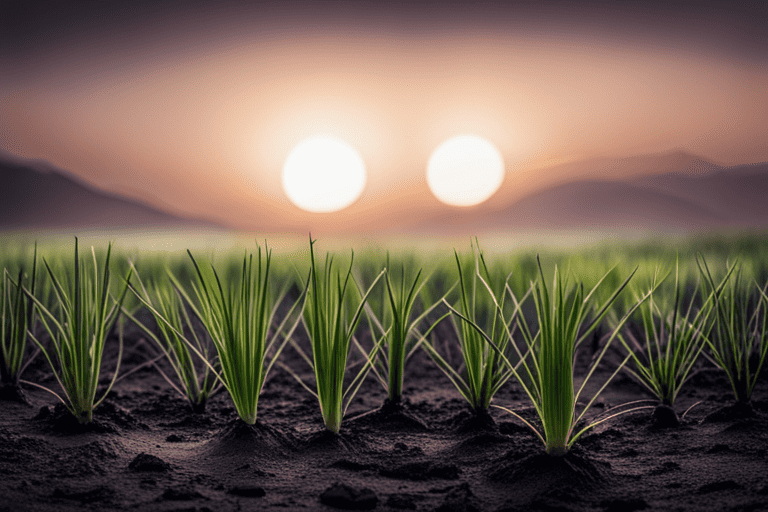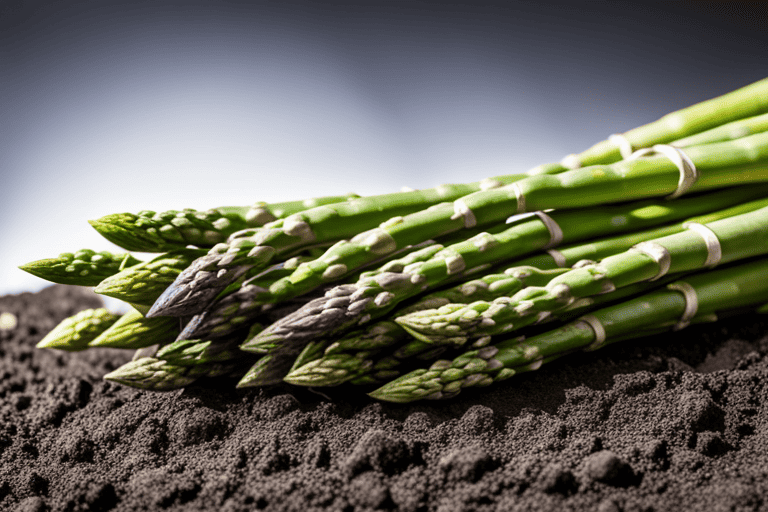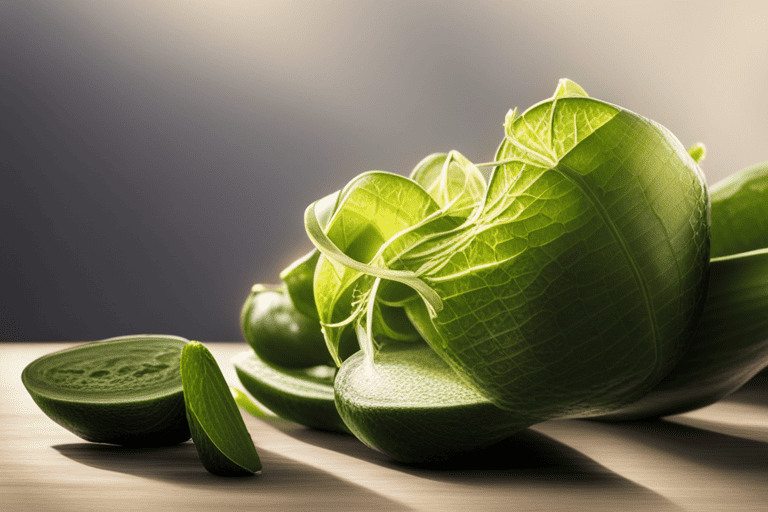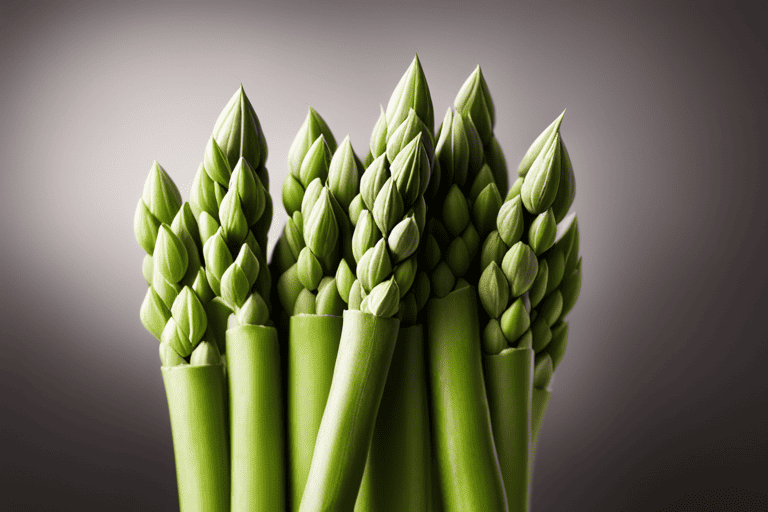Welcome to the ultimate guide on growing onions in Florida! Onions are a versatile and essential ingredient in countless dishes, adding flavor and depth to any meal. However, successfully cultivating these flavorful bulbs can be challenging, especially in the unique climate of Florida.
But fear not, as this article is here to equip you with all the essential tips and expert advice you need to master the art of onion cultivation in the Sunshine State. Whether you are a beginner or an experienced gardener, get ready to delve into a comprehensive exploration of everything from proper soil preparation and suitable onion varieties for Florida’s specific conditions to vital watering techniques and pest control strategies.
With our invaluable guidance, you will soon be reaping bountiful harvests of fresh and nutritious onions right from your own backyard. So grab your gardening tools and let’s embark on an exciting journey towards becoming a successful Florida onion grower!
Choosing the Right Onion Varieties for Florida’s Climate
Choosing the right onion varieties for Florida’s climate is crucial to ensure a successful harvest. The unique climate of Florida, characterized by high temperatures and humidity, poses challenges for growing onions. It is important to select varieties that are well-suited to these conditions in order to maximize yield.
One key factor to consider when choosing onion varieties is their heat tolerance. Look for varieties that are specifically bred or recommended for hot climates like Florida. These onions are better able to withstand the high temperatures without bolting or going dormant prematurely.
Additionally, resistance to diseases common in Florida such as pink root and fusarium wilt should also be taken into account. Opting for disease-resistant onion varieties can help minimize losses and improve overall success rates. By carefully selecting the right onion variety for Florida’s climate, gardeners can increase their chances of achieving a bountiful harvest year after year.
In conclusion, choosing the right onion varieties tailored for Florida’s climate plays a vital role in successfully growing onions in this region. Factors such as heat tolerance and disease resistance should be considered when making your selection. By following these essential tips and expert advice provided in this article, you will be well-equipped with the knowledge needed to master the art of cultivating onions in the Sunshine State.

Understanding the Optimal Growing Conditions for Onions in Florida
Welcome to the ultimate guide on growing onions in Florida! Onions are a versatile and essential ingredient in countless dishes, adding flavor and depth to any meal. However, successfully cultivating these flavorful bulbs can be challenging, especially in the unique climate of Florida. But fear not, as this article is here to equip you with all the essential tips and expert advice you need to master the art of onion cultivation in the Sunshine State.
When it comes to growing onions in Florida, understanding and providing optimal growing conditions is crucial for success. Firstly, choosing the right variety is important as some onion varieties are better adapted to Florida’s climate than others. It’s recommended to select short-day or intermediate-day varieties that thrive in warmer temperatures.
Additionally, proper soil preparation plays a vital role. Onions prefer well-drained soil with a pH level between 5. 5 and 6. 5. To enhance drainage and nutrient levels, incorporating organic matter such as compost into your soil before planting is highly beneficial.
Lastly, giving adequate water and utilizing mulch can ensure optimal growth conditions for onions in Florida. It’s important not to overwater but also avoid allowing your plants to dry out completely between watering sessions. Applying mulch around the base of each plant helps retain moisture and suppress weed growth while maintaining an even temperature around their roots.
By mastering these essential tips on variety selection, soil preparation, watering techniques, and utilizing mulch effectively, you’ll be well-equipped to grow delicious homegrown onions amidst Florida’s distinctive climate.
Preparing the Soil: Tips for Creating the Perfect Onion Bed
Preparing the soil is a crucial step in creating the perfect onion bed. To ensure success, it is important to choose a well-draining location with full sun exposure. Sandy loam or sandy soil is ideal for onions as they prefer loose and fertile soil. Before planting, it is recommended to amend the soil with organic matter such as compost or well-rotted manure to improve its texture and nutrient content.
Once you have selected an appropriate site, remove any rocks, weeds, or debris from the area. Loosen the topsoil using a garden fork or tiller to break up compacted layers and create a fluffy bed for your onions’ roots to thrive in. Consider adding some granular fertilizer specifically formulated for bulb crops at this stage to provide essential nutrients throughout their growth cycle.
After preparing the soil thoroughly, level it out using a rake before planting your onion sets or transplants according to their specific spacing requirements. Taking these steps will lay down solid groundwork for successful onion cultivation in Florida’s unique climate while ensuring healthy root development and maximum yield potential.
Planting Techniques: How to Start Your Onion Seeds or Sets
In order to successfully grow onions in Florida, it is important to understand the proper planting techniques. Whether you are starting with onion seeds or sets, there are a few key steps to follow. First, prepare the soil by adding organic matter and ensuring it has good drainage. Onions prefer a slightly acidic soil with a pH level between 5. 5 and 6. 5.
If you are using onion seeds, plant them about half an inch deep and space them one inch apart. Once they germinate and reach a height of around three inches, thin them out to prevent overcrowding. If you prefer to use onion sets (small bulbs), simply place each set on the soil surface about four inches apart.
Regardless of whether you start with seeds or sets, make sure to provide ample sunlight for your onions as they require at least six hours of direct sunlight daily. Water regularly but avoid overwatering as onions do not tolerate soggy conditions well.
By following these planting techniques, you will be well on your way to cultivating delicious onions in Florida’s unique climate.”

Essential Care and Maintenance: Watering, Fertilizing, and Weed Control
Welcome to our comprehensive guide on growing onions in Florida, where we will provide you with the essential care and maintenance tips needed for success. Watering is a critical aspect of onion cultivation, as these plants require consistent moisture without becoming waterlogged. Proper watering techniques can help maintain ideal soil conditions and promote healthy growth.
Fertilizing is another key factor in ensuring the optimal development of onions. The specific nutrient requirements may vary depending on the type of soil and individual plant needs. Understanding when and how to fertilize your onions is crucial to avoid over or underfeeding, which can lead to stunted growth or nutrient deficiencies.
Finally, weed control plays a vital role in maximizing onion yields. Weeds compete with onions for nutrients, sunlight, and space, potentially impacting their overall health and productivity. Implementing effective weed control methods such as mulching or regular manual removal will help create an environment that promotes strong onion growth while minimizing competition from undesirable vegetation.
By mastering essential practices like proper watering, fertilizing techniques tailored to your specific needs, and efficient weed control management strategies, you will be well-equipped to cultivate bountiful crops of delicious onions in sunny Florida!
Protecting Your Onions from Pests and Diseases in Florida
Protecting your onions from pests and diseases is crucial for successful cultivation in Florida. The hot and humid climate of the Sunshine State creates an ideal environment for various pests to thrive. Regularly inspecting your onion plants for signs of infestation, such as chewed leaves or wilting, is essential to catch any problems early on.
To prevent pests like aphids and onion maggots, consider using organic methods such as introducing beneficial insects like ladybugs or lacewings to your garden. Maintaining good sanitation practices, such as removing dead plant material and regularly weeding around your onions, will also help deter pest infestations.
In addition to pests, disease prevention should also be a priority when growing onions in Florida. Fusarium basal rot and downy mildew are common diseases that can affect onion crops. Avoid overwatering your plants and ensure proper drainage to prevent the development of these fungal infections. Pruning away any diseased foliage and promptly removing infected plants from the garden will help contain the spread of diseases.
By staying vigilant in monitoring for pests and diseases, implementing preventive measures, and taking action at the first sign of trouble, you can protect your onions and enjoy a successful harvest in Florida’s unique climate.
Harvesting and Storing Onions: Tips for Long-Term Success
Harvesting and storing onions is an important step in the successful cultivation of these flavorful bulbs. When it comes to harvesting, it’s crucial to wait until the tops have died down and turned yellow or brown. This indicates that the onion has reached maturity and its outer skin has thickened, leading to better storage quality. To harvest, gently loosen the soil around each bulb using a garden fork or spade, being careful not to damage them.
Once harvested, proper storage techniques are essential for long-term success. Be sure to cure your onions by leaving them in a warm, dry location with good air circulation for two weeks. During this time, their outer skins will continue to dry and harden further. After curing, trim off any remaining foliage and store your onions in a cool (around 40-50°F), dark place with low humidity for optimal results.
Mastering the art of growing onions can be especially challenging in Florida’s unique climate. However, with some expert advice and essential tips on soil preparation, planting techniques, irrigation methods suitable for hot climates like Florida’s highly suited mulching process, pest control strategies specific to this region – you’ll be well-equipped for success as you embark on your onion-gardening journey.”


